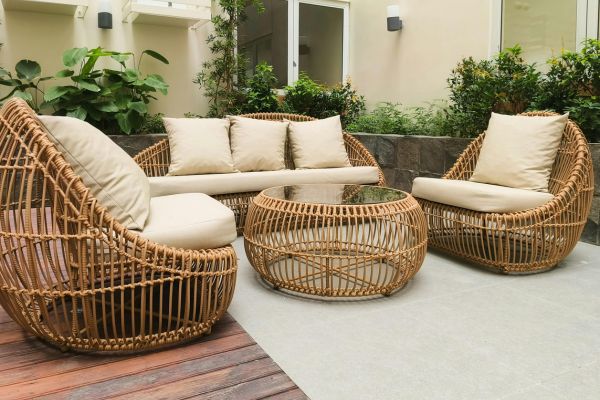Saying that telehandlers are great is an understatement. They allow for versatile handling, have various carriage capabilities, and can travel on rough terrain. It should not come as a surprise that telehandlers are the most commonly hired pieces of construction equipment. Dealers offer telehandlers for hire all across the UK, so if you are looking to cut down on costs, you are in luck.
Not just any equipment operator can operate a telescopic forklift. This is all due to its singular and complex capabilities. It is important to understand that telehandlers are complex pieces of construction equipment and if they are not used correctly, they do not ensure a productive working environment. Practice is necessary when driving equipment of this type. If you want to get the most out of your telehandler, keep in mind the following.
Make sure your operators are trained to the highest standards
You have selected the best system for your operation, but now it is necessary to make sure that your equipment operators are trained to the highest standards. Similar to all lifting machines, telescopic forklifts are elaborate and thus require special training. What you need to do is ensure that your drivers are trained correctly. Proper telehandler training helps prevent accidents from taking place. Most importantly, operators are taught how to deal with high loads.
Do not take for granted that any driver can enter the cab and start moving material. Even if your equipment operators have the Construction Plant Competence Scheme card, they are not able to operate a heavy lifting motor. The CPCS card may not necessarily include this. Your drivers have to further qualify in telescopic handlers. UK Forks will provide you the construction equipment, but you will have to ensure training.
How does telehandler training benefit your equipment operators? Simple. They learn how to carry out normal tasks, determine if a load is safe to lift, transport materials, figure out the machine’s stability, and much more. The point is that training provides them the foundation they need.
Use the right telehandler attachments
Telescopic handlers are designed for operating on difficult ground conditions and to be versatile. What most people do not realise is that this versatility is due to the attachments. These are the most commonly used telehandler attachments:
- Buckets – Utility buckets are necessary for scooping and moving around loose materials. The forklift bucket allow for the placement of the material far beyond the reach of the loader. If you are dealing with complicated cleaning tasks, you will definitely need a bucket.
- Work platforms – Work platforms, most commonly referred to as man buckets, provide a high work surface. Work platforms are available in many sizes, so they meet and even exceed safety standards.
- Carriages – These attachments add to the versatility of the telescopic forklift. The carriage is included with many models. If you have a more demanding application, it is a good idea to use a rotating or side-shift carriage.
Plan the itinerary to avoid overhead power lines
Overhead power lines can put the life of your equipment operators in jeopardy. The cables are made in such a way that they are out of sight. Since overhead power lines pose a threat to telehandler operations, it is necessary to take measures. But what can you do? One thing you can do is plan the itinerary carefully or try to find a route along the cables. Something has to be done.


